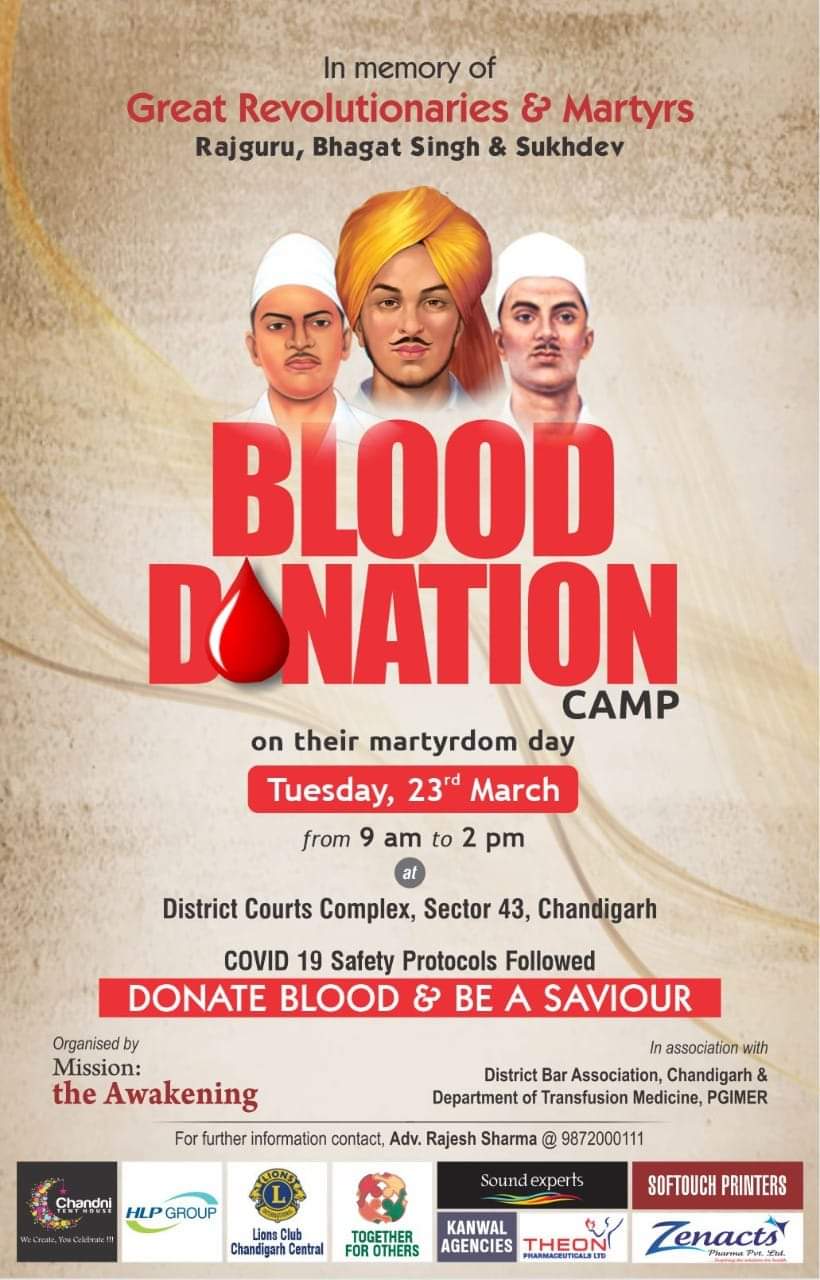Cardiovascular disease (CVD) is the leading cause of illness and death throughout the world. It prevalence is steadily increasing in India, in contrast to western world where the disease has been controlled by taking various corrective measures. We don’t only face this in elderly, but younger population of less than 40 years and pre-menopausal females are getting affected by heart attacks, commented Professor Dr. Rajesh Vijayvergiya, Department of Cardiology, PGI, Chandigarh. About 7-13% of urban adult population and 2-7% of rural populations is suffering from heart disease. There is about 30 million cases of heart disease in the country. This very high prevalence of heart disease in our country is because of risk factors like diabetes mellitus, hypertension, abnormal rise in blood cholesterol, smoking, central obesity and physical inactivity. India has one of the largest proportions of patients with diabetes mellitus (32 million), with an estimated prevalence of 4% in rural areas and 12% in urban areas. There is a 4-fold increase in prevalence of diabetes in last four decades. India is the third largest country in terms of tobacco consumption. Although tobacco consumption has decreased by 33% in developed world, the consumption has increased in our country. Rapid urbanization, change in lifestyle particularly sedentary lifestyle and lack of physical activity, that occurred during the past two decades have led to the growing burden of CVD in India.
Awareness, concern and education about heart ailments is the need of today. WHO theme for 2018 world heart day “My heart, your heart”, clearly puts an onus on all of us for protecting not only our heart but also the heart of all our loved ones from the clutches of this rapidly spreading epidemic. The idea is to spread awareness and provide motivation to every strata of our population to keep their heart healthy. Therefore, as an individual, it is everyone’s responsibility to keep his/her heart healthy and also to engage with others in order to motivate, educate & inspire them for the same by adoptinga healthier and stress-free life style. The burden of CVDs can be reduced by program directed towards the entire community rather than individuals. Only by coming together, sharing ideas and motivating our society for a healthy life can we make a difference in the overall growth of our country. Today on World Herat day, every individual should make a promise to implement at least one measure to improve the healthy heart and also involved one of the loved one to follow the same; commented Professor Rajesh Vijayvergiya.
| Actions to be taken for prevention of heart disease. |
| Have healthy food style. Increase uptake of vegetables (>200gm), fruits (>200gm), cereals and fibers (> 20gm/d) in daily diet. Salt intake should be < 5 g/d. Food with high saturated fat contents like Red meat, Dairy products, Coconut and palm oils; with high trans-fat contents like Deep-fried fast foods, Bakery products, Packaged snack foods, Margarines should be avoided. Alcohol in any form and in any amount is harmful to whole body including the heart, hence should be avoided. |
| All healthy adults should do 30 – 45 minutes of moderate to vigorous exercise every day, at least five days a week. Cycling, jogging, swimming, table tennis, badminton other outdoor games can be a good options. |
| Treatment of abnormal lipids by exercise, weight reduction and drugs. |
| Stop smoking and tobacco chewing. Also avoid passive smoking at home, public places, office. |
| Have the blood pressure <140/90 mmHg. Those with diabetes and renal failure should have a strict control on high blood pressure. Control of blood pressure is achieved by low salt intake, appropriate body weight maintenance and medications. |
| Have the fasting blood sugar <110 mg%. Control of blood sugar can be done with diet modification, appropriate body weight maintenance and drugs. |
| Be physically active. Have a Body Mass index (BMI) of <25 Kg/m2. The ideal weight can be calculated by height in cm – 100. Reduction of body weight can be achieved by an appropriate balance of physical activity, caloric intake and formal behavioral programs when indicated. |
| Psychological stress at home, work place can be modified by yoga, exercise, changing the work place environment, and psychological counselling. |
| Compliance to the drugs prescribed by the physician for heart disease. Drugs like aspirin and statin should not be taken without a physician advice. |












































